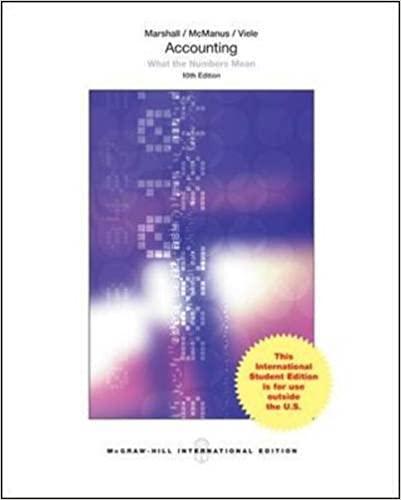Answered step by step
Verified Expert Solution
Question
1 Approved Answer
Wellington Chemicals Division This case is set in 1 9 6 5 in a division of a major UK - based chemicals firm when the
Wellington Chemicals Division
This case is set in in a division of a major UKbased chemicals firm when the exchange rate was $ inflation was about per year, and a chemical worker was paid about per year. The issue is make versus buy for packaging containers. The container is technologically advanced and is an important element of the value of the end product to the customer.
The Wellington Chemicals Division manufactures and sells a range of "hard to hold" chemical products throughout Great Britain. Since these products require careful packing and storing, the company has always promoted the special properties of the containers it uses. In fact, a major element of Wellington's marketing strategy is its container. The containers are large steel drums with a unique, patented, sprayon lining made from a specialty chemical known as GHL Each drum weighs about pounds and holds about gallons which is about tons. The firm operates a department especially to maintain its containers in good condition and to make new ones to replace those that are past repair. Wellington is making new containers each year and repairing used containers, There are containers in circulation an average year life and containers average round trips per year. Thus, on average, each container is used times and repaired times during its life.
Mr Walsh, the division general manager, has for some time suspected that the firm might save money, and get equally good service, by buying its containers from an outside source. After careful inquiries, he approached a firm specializing in container production, Packages, Ltd and asked for a quotation. At the same time, he asked Mr Dyer, his chief accountant, to provide him with an up todate statement of the cost of operating the container department see below
Within a few days, the quotation from Packages, Ltd came in The firm was prepared to supply all the new containers required per year for per year, the contract to run for a guaranteed term of five years and thereafter to be renewable from year to year. If the required number of containers increased, the contract price would be increased proportionally. Additionally, Packages Ltd would undertake to carry out purely maintenance work on containers, short of replacement, for a sum of per year, on the same contract terms. Walsh estimated that Packages, Ltd would make a profit margin before taxes on each of the contracts. They would only accept the maintenance work if they were also manufacturing the new containers.
Mr Walsh compared the outsourcing bids with the cost figures prepared by Mr Dyer, covering a year's operation of the Container Department shown above.
Wellington Chemicals Division Walsh's conclusion was that no time should be lost in closing the department and entering into the two contracts offered by Packages, Ltd However, he felt bound to give the manager of the department, Mr Duffy, an opportunity to question this conclusion before he acted on it He therefore called him in and put the facts before him, at the same time making clear that Mr Duffy's own position was not in jeopardyeven if his department were closed, there was another managerial position shortly becoming vacant to which he could be moved without loss of pay or prospects.
Mr Duffy looked thoughtful throughout their conversation and asked for time to think the matter over. The next morning, he asked to speak with Mr Walsh again and said he thought there were a number of considerations that ought to be bonrne in mind before his department was closed. "For instance," he said, "what will you do with the drum making machinery? It cost four years ago, but you'd be lucky if you got for it now, even though it's good for another four years at least. And then there's the stock of GHL we bought a year ago. We bought a fiveyear supply in order to be able to buy directly from the manufacturer and we paid Dyer's figure of for materials probably includes about for GHL We bought it for a ton, but you wouldn't have more than a ton left if you sold it after you'd covered all the handling expenses."
Walsh thought that Dyer ought to be present during this discussion. He called him in and put Duffy's points to him. I don't much like all this conjecture," Dyer said. I think my figures are pretty conclusive. Besides, if we are going to have all this talk about what will happen if don't forget the problem of space we're faced with. We're paying a year in hire purchase fees for a warehouse a few kilometers away from our plant, If we closed Duffy's department, we'd have all the space we need without that warehouse."
"That's a good point," said Walsh, "though I must say Im a bit worried about the workers if we close the department. I don't think we can find room for any of them elsewhere in the firm. I could see
Step by Step Solution
There are 3 Steps involved in it
Step: 1

Get Instant Access to Expert-Tailored Solutions
See step-by-step solutions with expert insights and AI powered tools for academic success
Step: 2

Step: 3

Ace Your Homework with AI
Get the answers you need in no time with our AI-driven, step-by-step assistance
Get Started


